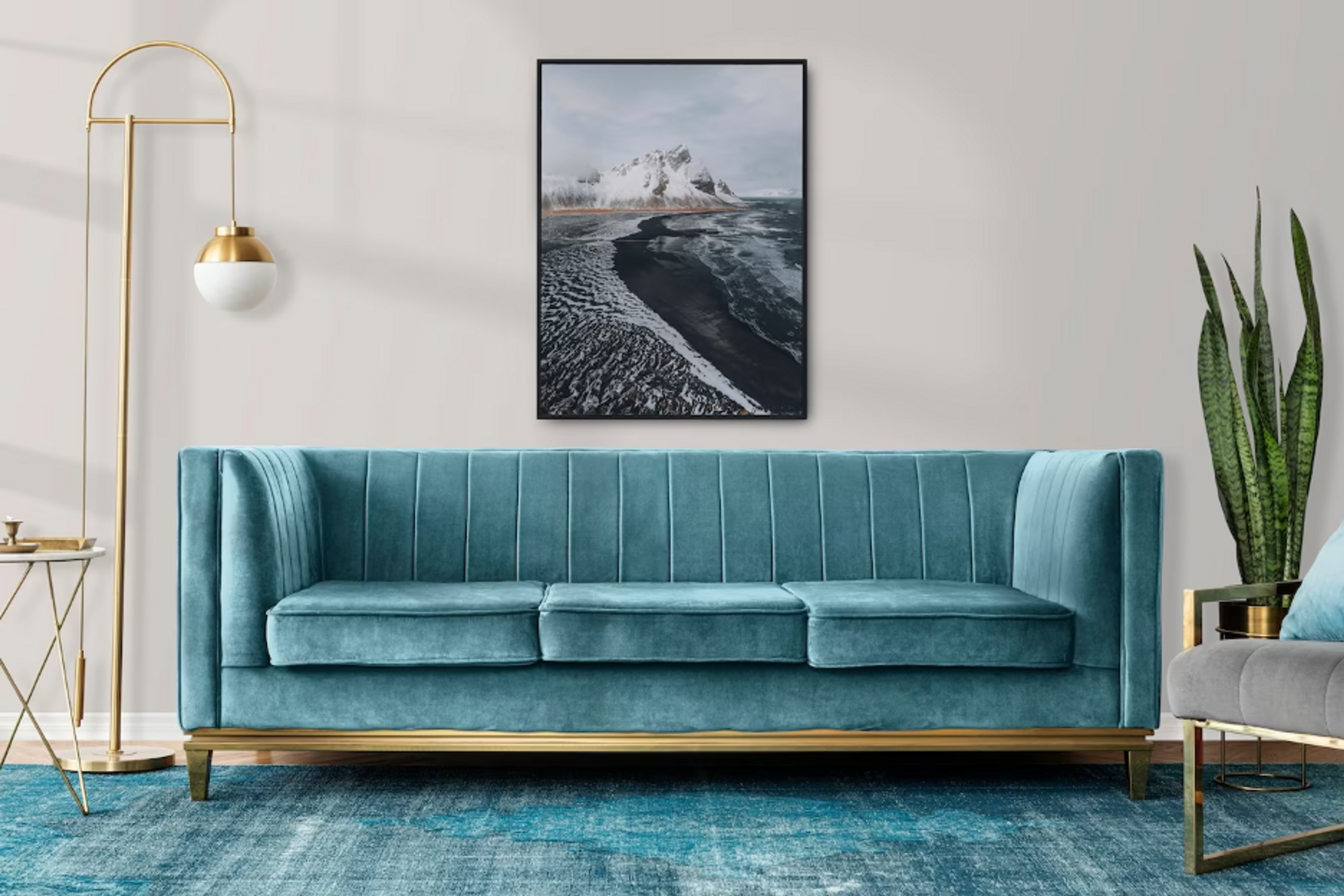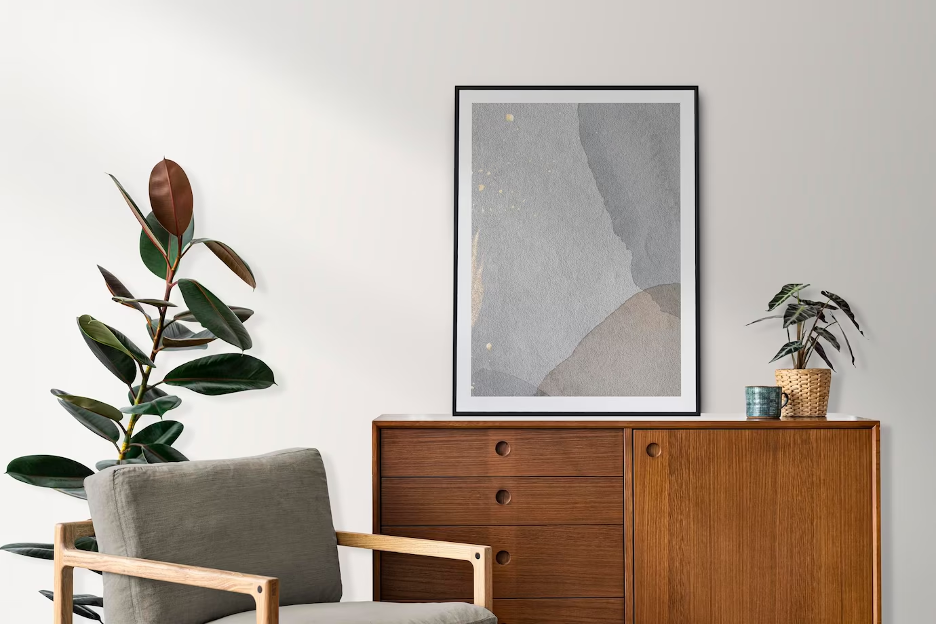Art is a reflection of the soul, capturing emotions, memories, and moments in time. When it comes to displaying art, the frame you choose can make a significant difference in how the artwork is perceived.
A well-chosen frame not only enhances the beauty of the artwork but also complements the space where it’s displayed. Here’s a comprehensive guide on selecting the perfect frame for your masterpiece.
Understanding the Importance of Framing
Framing is not just about aesthetics; it’s about protection too. A good frame safeguards the artwork from external factors like dust, moisture, and light, which can degrade the quality over time.
For those looking to showcase their memories or artwork, framed prints offer a perfect solution, combining both aesthetics and protection.
Types of Framing Options: Material Matters
Frames come in various materials, each offering unique aesthetic and protection. Wood frames exude a timeless appeal, suitable for a wide range of decors. In contrast, metal frames lean towards a contemporary style and boast durability.
Diving deeper into framing choices:
Standard frames: These are prevalent and versatile, complementing most artworks.
Shadow box frames: Designed for depth, they’re ideal for three-dimensional items or to add depth to flat pieces.
Floating frames: These create an illusion of the artwork floating, lending a sleek appearance. Find ideas here.
Ornate frames: Rich in design, they’re perfect for classical art pieces.
Bamboo frames: A sustainable choice for the eco-conscious without compromising on style.
Clip frames: Minimalist in design, they secure the artwork with corner clips, eliminating the need for a traditional frame.
Each frame type has its unique charm, ensuring your artwork is both protected and beautifully presented.
Glass or Acrylic?
The choice between glass and acrylic largely depends on where the artwork will be displayed. Glass is heavier and can break but offers better UV protection. Acrylic is lighter and shatterproof, making it ideal for larger artworks or public spaces.
Matching the Artwork with the Frame
Consider the Artwork’s Style
A contemporary piece might look best in a sleek, minimalist frame, while a classic painting might benefit from a more ornate frame. The frame should complement the artwork, not overshadow it.
Think About Color
The color of the frame should either match or contrast with the dominant colors in the artwork. A frame that’s too similar in color to the artwork can make it blend in, while a contrasting frame can make the colors pop.
The Role of Matting
Matting is the border that surrounds the artwork inside the frame. It serves both a protective and aesthetic purpose. A mat can prevent the artwork from touching the glass, which can lead to moisture damage. Aesthetically, matting can enhance the artwork’s colors and provide a visual break between the artwork and the frame. Learn more about frame mating basics on this website.
Choosing the Right Mat Color
While white and off-white are the most common mat colors, don’t be afraid to experiment. A colored mat can highlight specific colors in the artwork and make it stand out.
Placement and Display

Once you’ve chosen the perfect frame, consider where and how you’ll display the artwork. The location can influence the type of frame and matting you choose.
Lighting Considerations
Artwork should be displayed away from direct sunlight, which can fade colors over time. If the artwork is under artificial lighting, ensure the lights don’t produce too much heat or UV rays.
Hanging Height
The center of the artwork should be at eye level, which is typically 57 to 60 inches from the floor. This ensures that viewers can comfortably appreciate the artwork without straining.
Conclusion
Choosing the perfect frame for your artwork is a blend of aesthetics and practicality. By considering the artwork’s style, the frame’s material, and the display environment, you can select a frame that not only enhances the beauty of the artwork but also ensures its longevity.


Comments are closed.